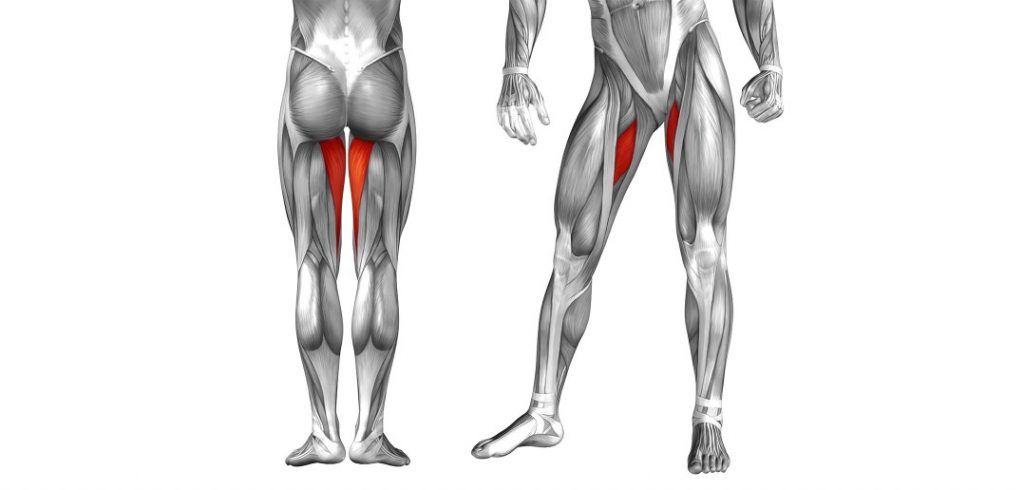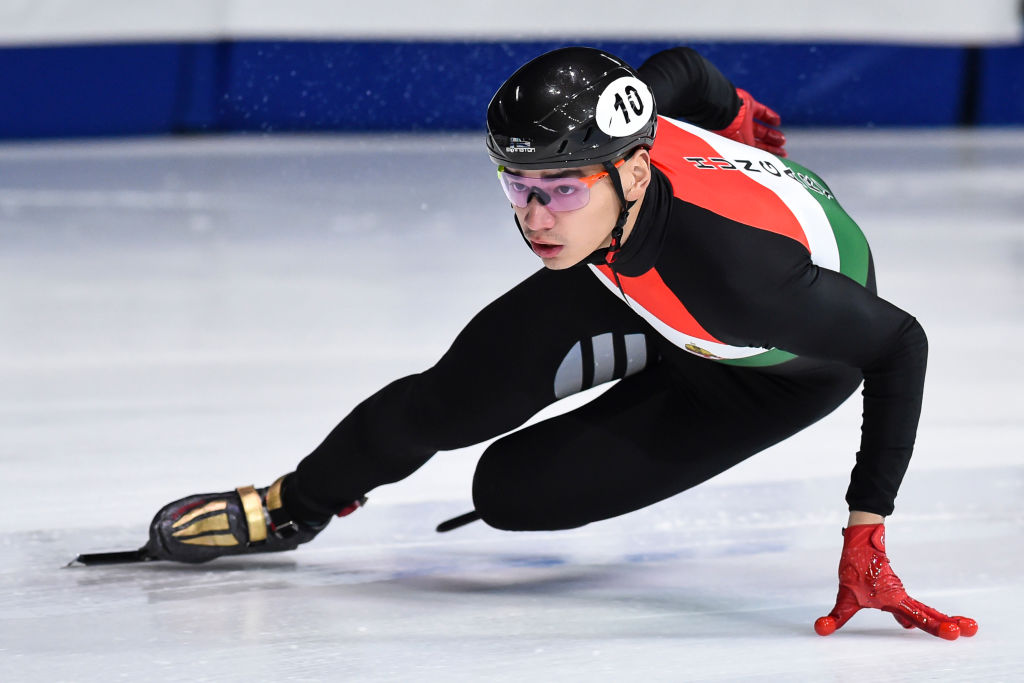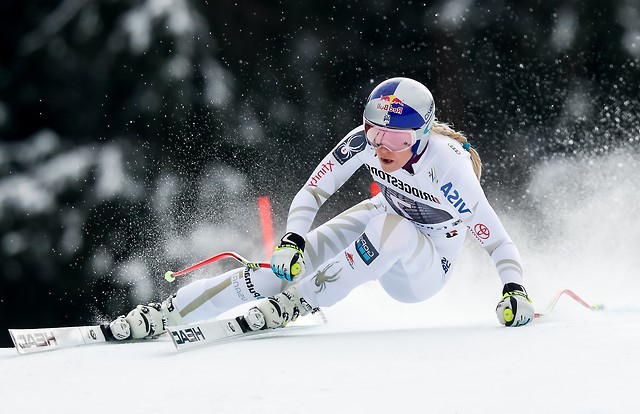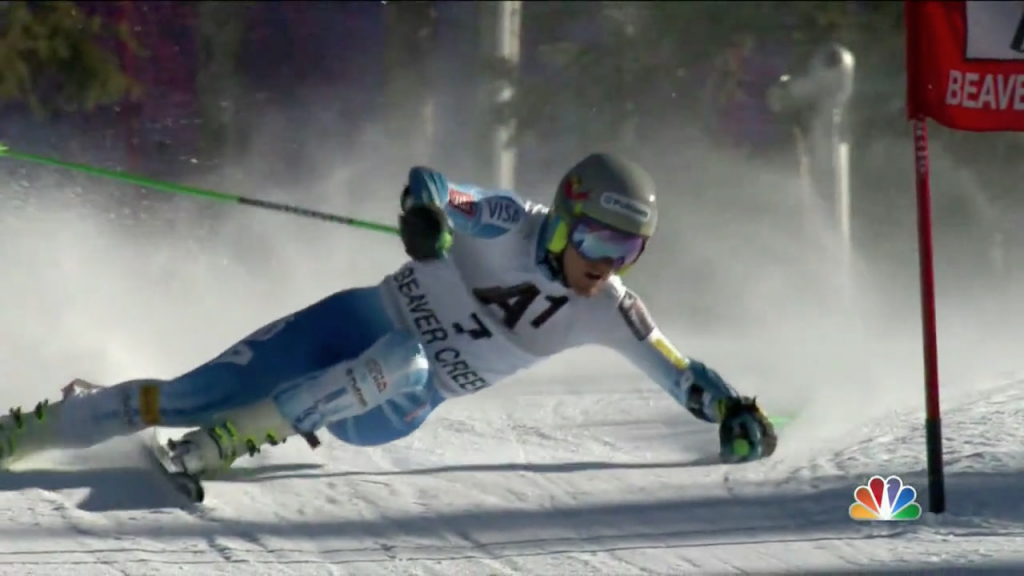Rough start to the week for Sam and Lemmy – seems that everything was stacked up against them from the ludicrous road traffic on arrival to the inaccessible ski hire on the first morning (actually in a different ski station). On top of that Sam’s lower back is in crisis mode. All attention was given to Sam who needed to look after his back and simultaneously overcome his difficulties in skiing – without being able to force his way through everything. Lemmy was abandoned but coped well keeping himself active and in sight.
Sam had been taught to use a snowplough with “statics” being the source of the instructions he was following – which has left him very unstable and with very little control on skis – worsened dramatically because he can’t force his way around turns to compensate due to back pain.
The solution eventually became clear in that he would need to return to the absolute basics and get them straightened out properly – with the right mechanics.
- snowplough straight line – braking – adductor muscles relaxed and working from the hips
- engage just one adductor muscle (contraction – pulling the upper leg inward)
- this pulls one ski more on edge and enables it to deflect the skier into a turn
- relax that adductor muscle and engage the other to change direction
- establishing clean deflection prevents the use of forceful rotation contortions
- get used to feeling how the ski turns you (not you turning the ski)
- next step is to incorporate dynamics while doing all of the above ( ..at the bottom of this page)
Skating/Adductors
Skiing is just disguised skating. The main difference is the skis are wide and have two edges. When diverging the skis outwards at the tips into a skating stance the skis want to flatten on the snow and the stiff shaft of the ski boots will pull the knees outward. The adductor muscles need to be engaged to hold the skis on their inside edges. This is a pattern of muscle use – the adductors of both legs contracting – that should be maintained when skiing parallel. This is partly dependent on the skier’s morphology. If the femurs are naturally directed inwards less adductor use might be appropriate but if slightly bow legged there may be a need to consciously work the adductors.
Only when snowplough braking should the adductors be released to widen the spreading of the tails of the skis from the hip joints.



The other difference between skis and skates: – it’s just that skis bend and scribe arcs on the ground and are generally used on slopes not flat lakes. Skating actions are fundamental for a skier’s development because they involve independent leg action where only one leg at a time is really used. Although skiers can stand on two feet the body is oriented specifically on one hip joint at a time (when turning) and has to function as if standing on one leg. Skating exercises such as skating step turns are helpful in developing basic skills. Skating turns use diverging skis (opposite from snowplough) and incremental stepping of the centre of mass inward toward the turn centre. This is ideally the first sort of turning that any complete beginner should experience – on flat terrain.
Basic Dynamics (skis parallel)
- Skis must be travelling forward – like a bicycle
- This is mainly about using the outside leg (start of new turn) to push the centre of mass into the centre of the new turn – for the whole duration of the turn
- There is no “balance” when skiing – dynamics is the physics of disequilibrium
- You are looking for stability from organised accelerations (ski technology!)
- Notice in the photos below the outside leg is essentially straight in a skating action (flexion for absorption and other purposes is primarily at the hip joint)
- The centre of mass goes down toward the snow – and to complete the turn it comes back up – like a motorbike in a turn
- There is no “Centrifugal Force” acting on the skier – only a deflection inward away from a straight line. This deflection is used to lift the skier up at the end of the turn – which involves “finishing” the turn – I.E. turning almost back up the hill.
- Remain square to the skis (follow the skis around the turn with your body) until you are really comfortable with movement of the centre of mass and clearly aware of moving it.

Combining Snowplough with Dynamics
Dynamics is explained in terms of the mechanics of accelerations. (F=mA Newton’s 2nd Law). In skiing this means you move your centre of mass (either falling or with a push) in the direction you want to turn. You do not transfer your weight to the outside ski as is incorrectly taught in ski schools.
In the Snowplough using dynamics requires the adductors of both legs to be engaged and now the “deflection” is carried out by moving the Centre of Mass (CoM) across the skis in the direction of turning. The displacement of the CoM affects the geometry of both skis with respect to the slope (one goes flatter and the other more on edge) and that’s where the deflection comes from.
On steeper terrain the downhill ski (inside ski of the turn) takes the weight of the body and is used as a brake – pivoting slowly into the turn – until half way through the weight shifts by itself to the outside ski which is now able to take over the continued braking effect.

